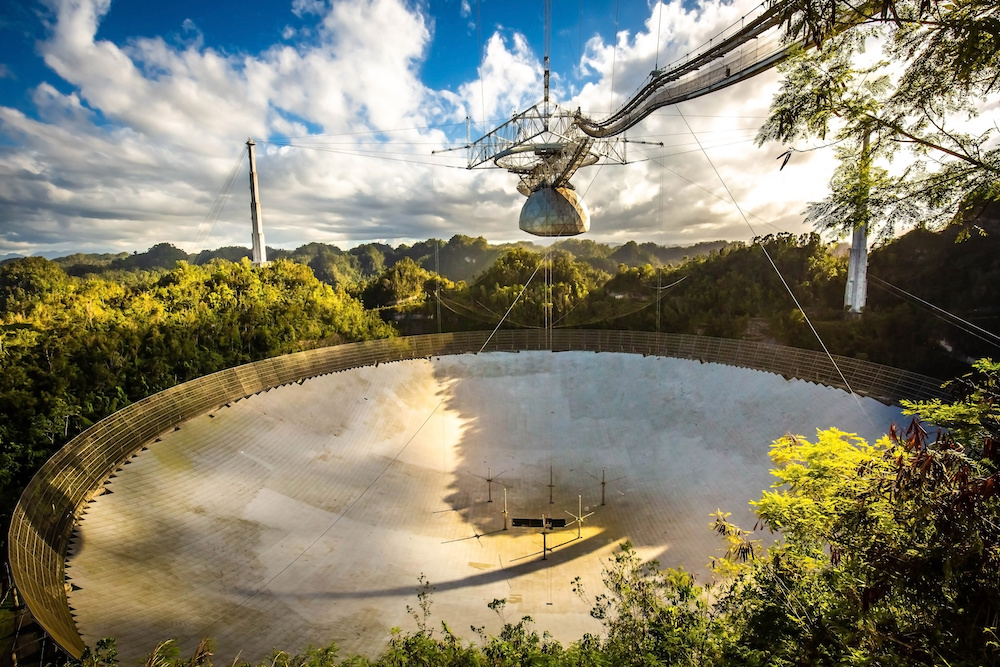Recently, NASA sent a spacecraft to knock an asteroid off course. This was a try-out for a defense system that they hope will be able to prevent an asteroid from colliding with Earth. There is a connection between this dramatic event and the Arecibo Observatory.
Sean Marshall, an Arecibo planetary scientist, has been studying another asteroid, called Phaethon, which is near to the earth. While it is not expected to hit the earth, Phaethon is one of the largest of the asteroids which orbit near earth, so it is a good example to study.
This is part of the DESTINY+ mission, which will send a rocket to gather dust from Phaethon for analysis.
Data from Arecibo
Marshall has been looking at data gathered from 1989 through 2021. He was able to use this information to get a picture of the shape of Phaethon. However, he noticed that the data wasn’t behaving exactly as expected. The model he created with the data didn’t match the information at every point.
With plenty of data and plenty of math, Marshall was able to figure out where the predictions went wrong. Now the scientists will be able to predict more accurately where the asteroid will be and how it will be oriented when they do their flyby in 2028.
This wasn’t the first asteroid-related discovery at Arecibo. A team including Marshall published findings on a “surprise” asteroid in the summer. Their observational data was collected in 2019. The data collected at Arecibo continues to be studied and to make a difference in our understanding of the universe.
What happened to Arecibo?
The planetarium at Arecibo, which was for many years the largest telescope in the world, collapsed in 2020.
In 1988, a telescope at Green Bank, West Virginia, collapsed. West Virginia, like all states, had two senators. The two were Robert Byrd and Jay Rockefeller. They pushed to have Green Bank’s telescope rebuilt, and they were successful.
Puerto Rico has no senators. Like so much of Puerto Rico’s infrastructure, Arecibo was not a high enough priority when it came to funding.
China is currently working on a radio telescope 10% larger than the one in Green Bank. Rebuilding the telescope at Arecibo would be a valuable project, but it is not likely to take place as long as Puerto Rico is a territory.
This fall, when Congress returns to Washington, they will have a chance to end the territorial status of Puerto Rico by voting YES on HR8393, a bill which will allow Puerto Rico voters to choose a permanent political status. As a state, Puerto Rico would have two senators and at least four Members of the House. With that kind of influence, Arecibo Observatory might get the funding it needs. Then its essential scientific work can continue.
Update: the National Science Foundation has just announced new plans for Arecibo. The telescope will not be rebuilt.








No responses yet